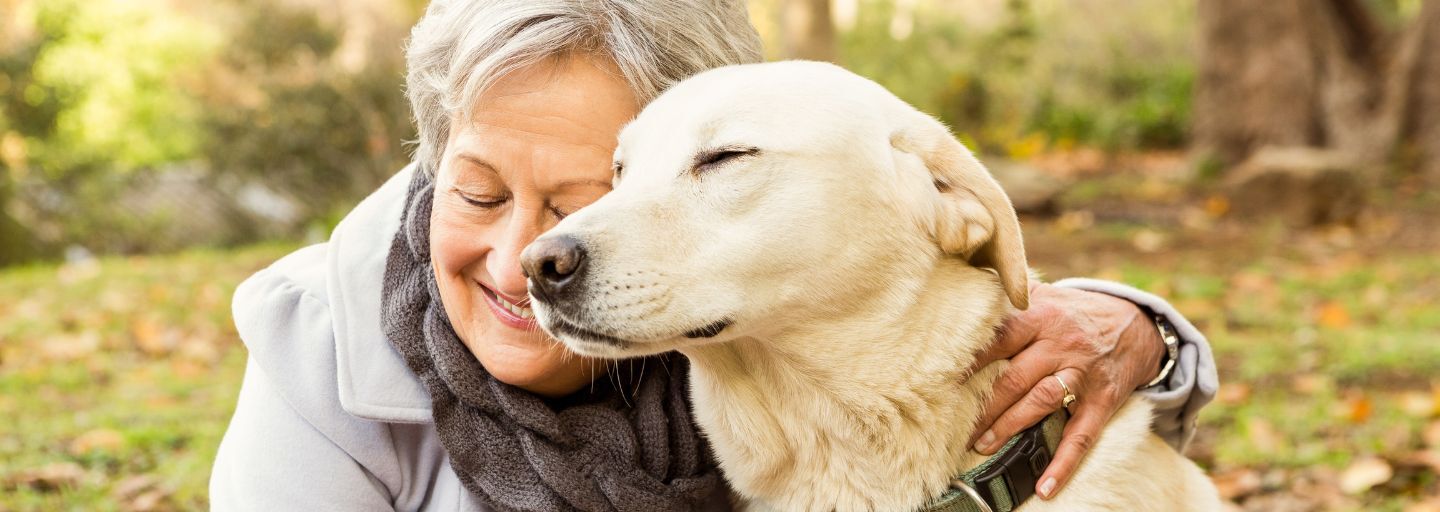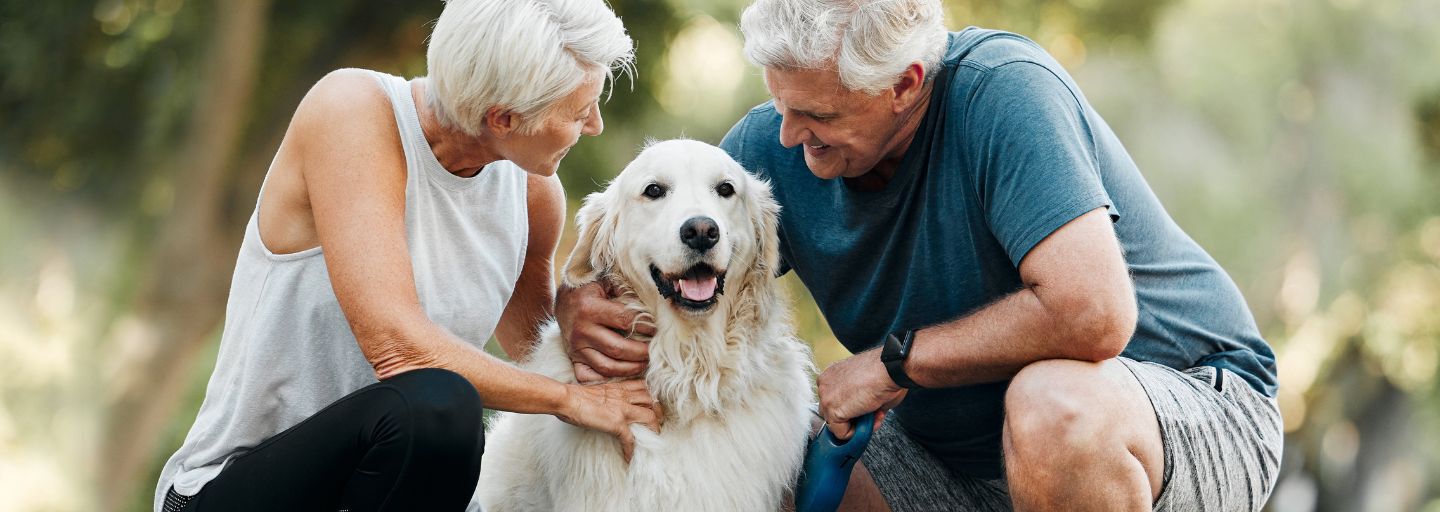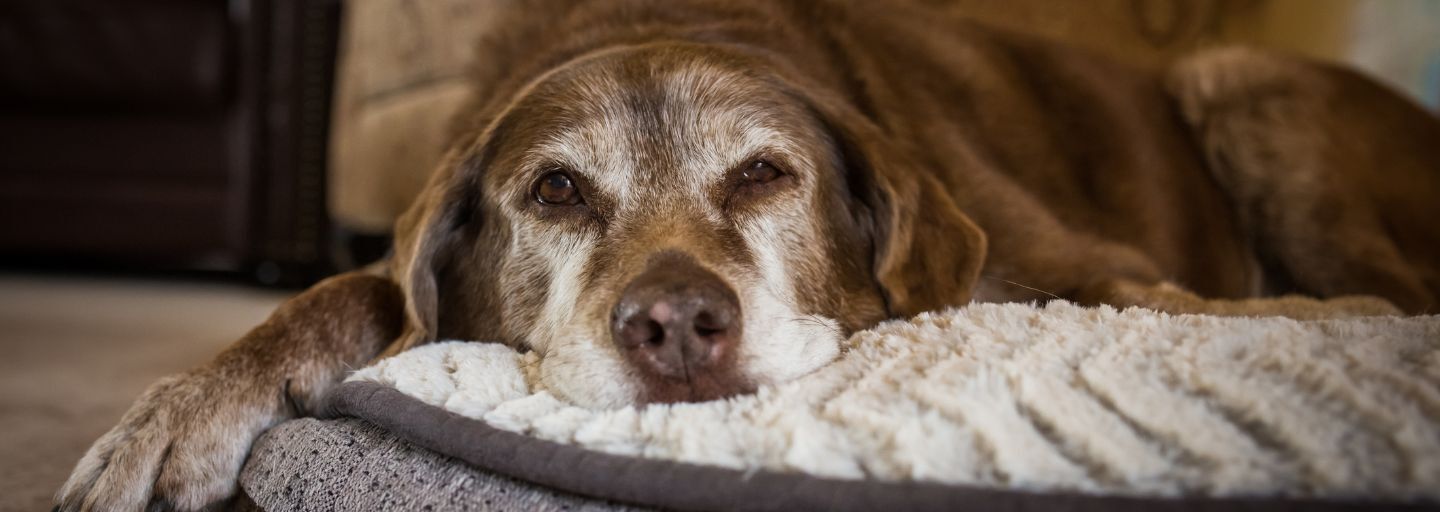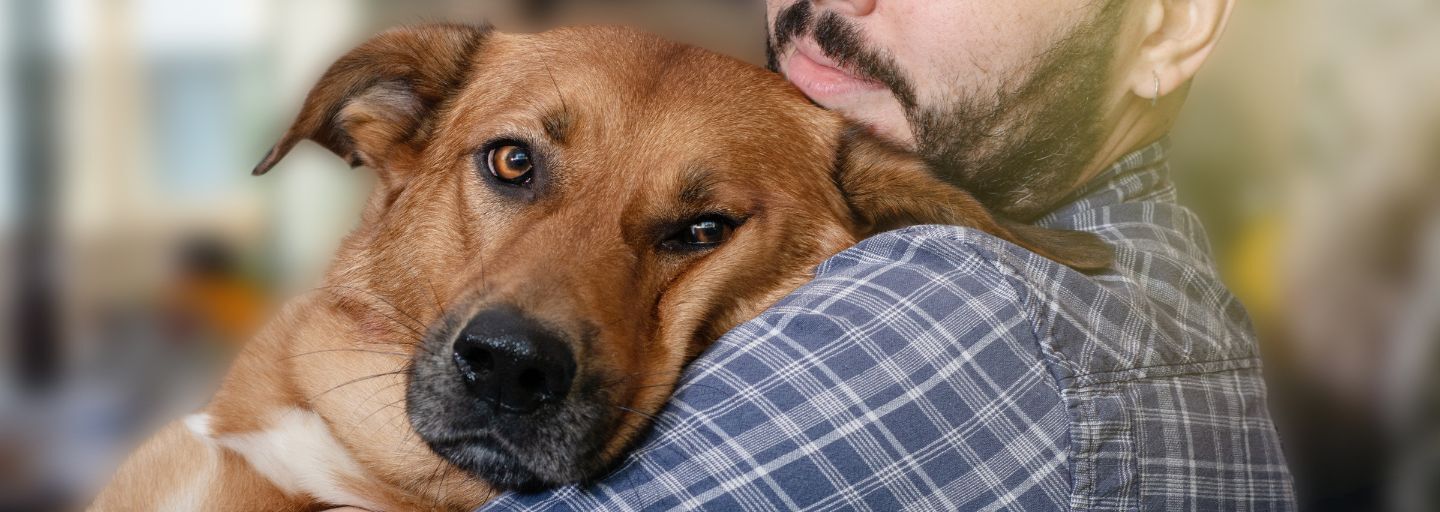As pet owners, we often wonder how our furry companions age in comparison to us. The concept of "dog years" has been widely used to estimate a dog's age in relation to human years. However, the calculation is not as straightforward as a simple multiplication.
The traditional belief that one dog year is equivalent to seven human years is a common misconception. While it provides a rough estimate, the reality is that the aging process in dogs is more complex and varies depending on several factors, including breed, size, and overall health.
Different dog breeds age at different rates
Smaller breeds tend to have longer lifespans compared to larger breeds. For instance, a small dog like a Chihuahua may live up to 15 years or more, while a large breed like a Great Dane may have a lifespan of around 8 years. This difference in lifespan is due to genetic factors and the varying rates of development and aging among different breeds.
Size and Weight Approach
To gain a better understanding of the dog years to human years conversion, researchers have developed more accurate formulas. One commonly used method is the "size and weight" approach, which takes into account the size of the dog.
The first year of a dog's life is the most rapid period of growth and development. According to this method, the first year of a dog's life is equivalent to about:
- 15 human years for small breeds
- 12 human years for medium breeds
- 9 human years for large breeds.
After the first year, each additional year is not equivalent to a simple multiplication. The rate of aging slows down, and the conversion becomes more gradual. Hence, after the first year, each additional year is roughly equivalent to:
- 4-5 human years for small and medium breeds
- 5-7 human years for large breeds.
How to Calculate Your Dog's Age
Step 1: Convert the First Year:
- For small to medium breeds: Multiply their age by 15.
- For large breeds: Multiply their age by 12.
- For giant breeds: Multiply their age by 10.
For example, if your small breed dog is 1 year old, their age in human years would be 15. If your large breed dog is 1 year old, their age in human years would be 12.
Step 2: Calculate Subsequent Years:
For example, if your small breed dog is 5 years old, you can multiply their age by 4 or 5 to estimate their age in human years. If your large breed dog is 5 years old, you can multiply their age by 5 or 7.
It is important to note that these calculations are estimates and should not be taken as exact science. Every dog is unique, and individual factors can influence their aging process. Some dogs may show signs of aging earlier or later than others, depending on their genetics, environment, and overall well-being.
Common Signs of Aging
As our canine companions grow older, they may start to exhibit certain signs of aging. While the aging process varies from dog to dog, there are some common signs that can indicate your furry friend is entering their senior years. By recognising these signs, you can provide the necessary care and support to ensure their comfort and well-being.
- Gray Hair and Changes in Coat: Just like humans, dogs may develop grey hair as they age. Additionally, their coat may become thinner, duller, or show signs of dryness. Regular grooming and a balanced diet can help maintain the health of their coat and skin.
- Decreased Energy and Activity Levels: Older dogs tend to have lower energy levels and may become less active. They may not be as eager to play or engage in vigorous exercise as they once were. Adjusting their exercise routine to include shorter, more frequent walks can help keep them active without overexertion.
- Joint Stiffness and Mobility Issues: Arthritis and joint problems are common in aging dogs. You may notice that your dog has difficulty getting up, climbing stairs, or jumping onto furniture. Providing them with a comfortable bed and considering joint supplements or medications, under veterinary guidance, can help alleviate their discomfort.
- Changes in Appetite and Weight: Older dogs may experience changes in their appetite, either eating less or becoming more finicky. Weight gain or loss can also occur. Monitoring their diet, providing appropriate nutrition, and consulting with a veterinarian can help address any concerns related to their eating habits and weight management.
- Dental Issues: Dental problems, such as gum disease and tooth decay, become more prevalent in older dogs. Regular dental care, including brushing their teeth and providing dental treats or toys, can help maintain their oral health.
- Cognitive Changes: Some dogs may experience cognitive decline as they age, leading to changes in behaviour and memory. They may become disoriented, have accidents indoors, or show signs of confusion. Engaging them in mental stimulation activities and providing a consistent routine can help support their cognitive function.
- Increased Sensitivity to Temperature: Older dogs may have a harder time regulating their body temperature, making them more sensitive to extreme heat or cold. Ensure they have access to a comfortable environment and provide appropriate protection during extreme weather conditions.
It is important to remember that these signs can also be indicative of underlying health issues. Regular veterinary check-ups are crucial to monitor your dog's overall health and address any concerns promptly.
Understanding the concept of dog years to human years can help us better care for our canine companions. By recognising that dogs age at a different rate than humans, we can provide appropriate care and make informed decisions about their health and well-being. Regular veterinary check-ups, a nutritious diet, and engaging in age-appropriate activities can help ensure that our dogs live long, happy, and healthy lives.







